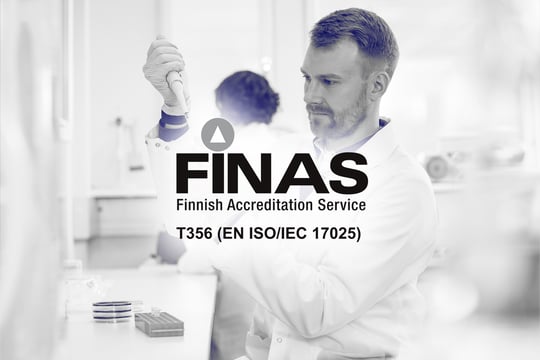
On Friday, 6 September 2019, a Regulation amending the EU General Food Law from 2002 was published in the EU Official Journal. The initiation to amend food safety regulation has its roots in the heated arguments around food transparency: the safety of glyphosate and the claims about the lack of transparency in the risk assessment. Besides plant protection products like glyphosate, the amendment now covers also genetically modified organisms, food and feed additives, food enzymes and flavourings, smoke flavourings, novel foods and food contact materials.
To increase food transparency, applications for authorisation submitted to EFSA for scientific evaluation will be made public. This includes all non-confidential information and studies supporting the application. This is not, in fact, an entirely novel procedure. The Food Standards Australia New Zealand (FSANZ) has already had this practice at least for food enzymes. Thus anybody interested has had a possibility to scroll through, even download, an over 1000-page application if (s)he so wishes. The data requirements by FSANZ and EFSA are not much different so one can have a pretty good idea about the content of applications submitted in the EU. FSANZ has also a consultation procedure for the submitted applications.
What is clearly new is that applicants and laboratories carrying out studies will have a notification obligation, basically meaning that studies with an undesirable outcome cannot be hidden anymore by excluding them from the application. Further guidance is obviously needed on how to fulfil this obligation. How will this be accomplished with applicants coming from outside the EU? There will be a grey area between studies carried out in the R & D phase, and those carried out with the final product.
For the applicants, the Regulation brings a very welcome improvement in that EFSA will provide pre-submission advice on the required content of an application dossier. Currently, all legislation and guidelines are available as well-organised packages on the EFSA homepage. The new approach must then go clearly further than that. The more innovative the applications are, the more there will be a need to consult EFSA to achieve an optimal outcome from both applicant’s and EFSA’s point of view.
For laboratories, perhaps the major change will be the Commission fact-finding missions to ensure the compliance of laboratories/studies with appropriate standards. This has a good chance to improve the quality of the studies. However, this should not cause an extra financial burden to the laboratories.
The amendment becomes applicable by the end of March 2021. Hopefully, one and a half years will be sufficient to ensure that not only the European Commission and EFSA but also all other parties down the line, Biosafe included, will be fully prepared for the changes needed for food transparency.
Topic:









